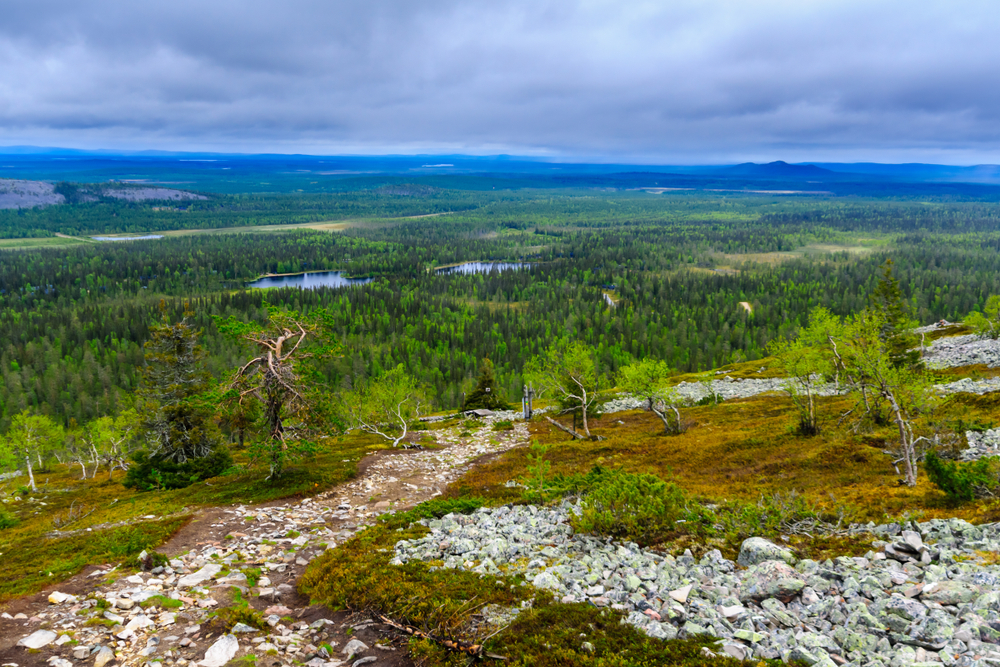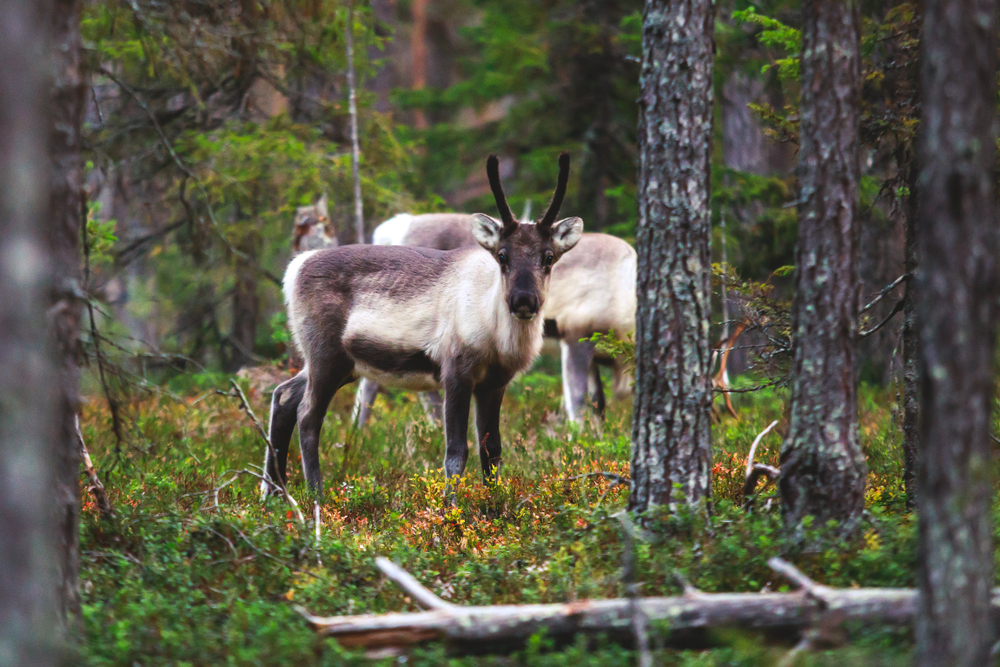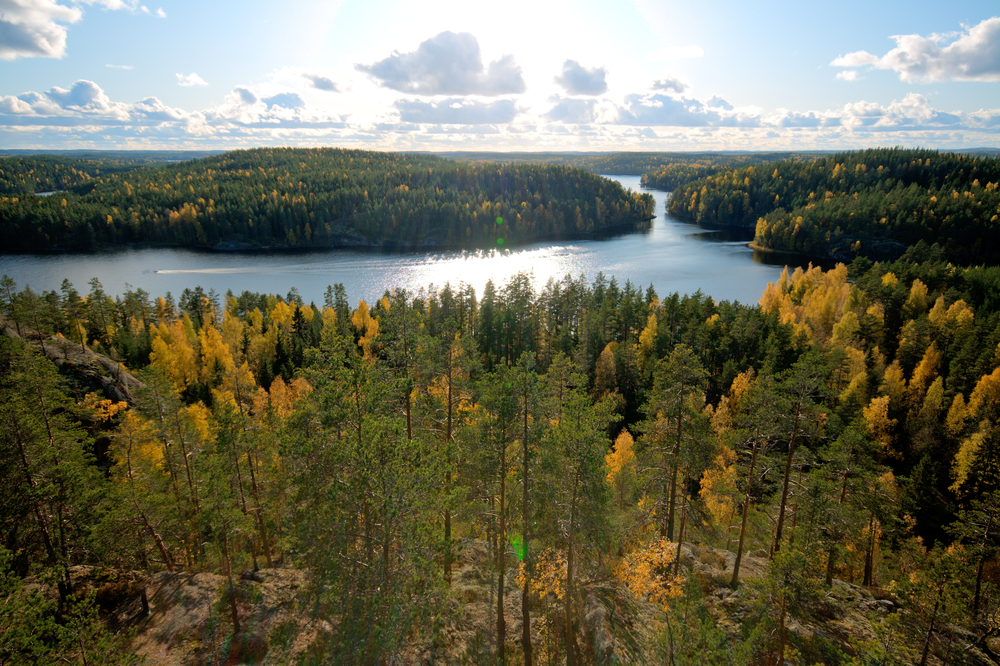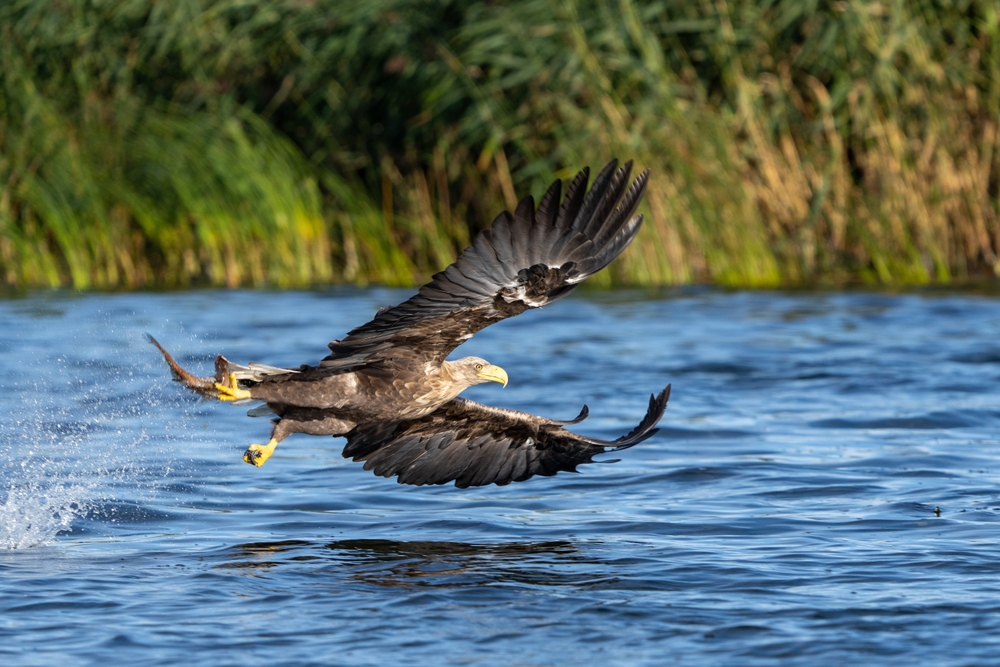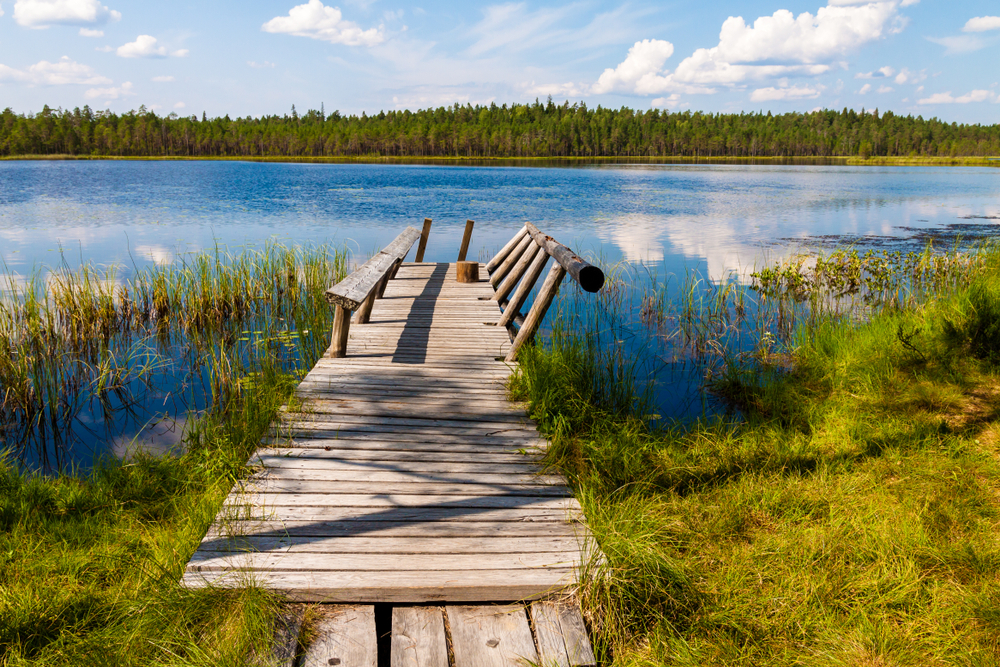Pyhä-Luosto Overview
Pyhä-Luosto National Park (Pyhä-Luoston kansallispuisto) is a stunning protected area in Finnish Lapland, covering approximately 59 square miles (156 square kilometers). Located in northern Finland, the park extends across the municipalities of Sodankylä and Pelkosenniemi, offering breathtaking landscapes that include rugged fell ranges, ancient forests, and deep ravines.
The park is part of Finland’s oldest mountain range, with its roots dating back over two billion years, making it one of the oldest mountain formations in the world. The highest peak in the park is Noitatunturi, reaching an elevation of 1,771 feet (540 meters), providing visitors with panoramic views over the pristine wilderness.
The terrain of Pyhä-Luosto National Park is characterized by dramatic fell formations, deep gorges, and lush pine forests. One of its most remarkable natural features is the Isokuru Gorge, the deepest gorge in Finland, which stretches nearly 220 feet (60 meters) deep and offers stunning views of rock walls formed by ancient geological processes.
The park is also home to extensive aapa mires, which provide essential habitats for diverse plant and animal species. Towering old-growth Scots pine forests, some over 400 years old, dominate large portions of the park, adding to its mystical atmosphere, especially in winter when the trees are covered in thick layers of snow.
Wildlife in Pyhä-Luosto National Park is rich and diverse, with many species adapted to the harsh Arctic environment. Large mammals like reindeer, moose, and wolverines roam the park’s vast landscapes, while the elusive lynx occasionally makes an appearance. The area is also home to red foxes, mountain hares, and stoats, all of which thrive in the boreal forest ecosystem.
Birdwatchers will find plenty to admire, with species such as Siberian jays, golden eagles, and willow grouse commonly spotted. The park’s mires and wetlands attract various waterfowl, including whooper swans and common cranes during the warmer months. In the winter, the quiet solitude of the park allows for excellent opportunities to spot tracks of these elusive animals in the snow.
One of the most popular features of Pyhä-Luosto National Park is the Amethyst Mine on Lampivaara Hill, where visitors can dig for their own semi-precious stones while learning about the area’s fascinating geological history. This is one of the only active amethyst mines in Europe open to visitors, making it a unique attraction.
The park is also a year-round haven for outdoor enthusiasts, with extensive hiking and cross-country skiing trails that traverse its stunning landscapes. In summer, visitors can explore well-marked trails leading through ancient forests and up to the fell tops, while winter transforms the park into a paradise for snowshoeing, downhill skiing, and northern lights viewing.
Visitors can experience the park through various activities such as hiking, biking, and birdwatching in the warmer months, while winter offers excellent opportunities for cross-country skiing, snowmobiling, and husky safaris. The park has well-maintained trails, wilderness huts, and lean-to shelters that allow for easy exploration. The Pyhä and Luosto resort areas provide accommodations and services for those looking to extend their stay in this pristine Arctic wilderness.
Conservation efforts in Pyhä-Luosto National Park focus on protecting its fragile ecosystems, including the preservation of its ancient pine forests and unique geological formations. One of the main challenges is balancing conservation with increasing tourism, particularly in winter when outdoor recreation is at its peak. Sustainable tourism practices, including marked trails and designated camping areas, help minimize human impact.
The park’s management works closely with local communities and indigenous Sámi people to maintain ecological integrity while ensuring cultural and recreational activities can continue in a sustainable manner. Pyhä-Luosto National Park remains a pristine example of Finland’s Arctic wilderness, offering visitors an unforgettable experience of Lapland’s untamed beauty.








































































